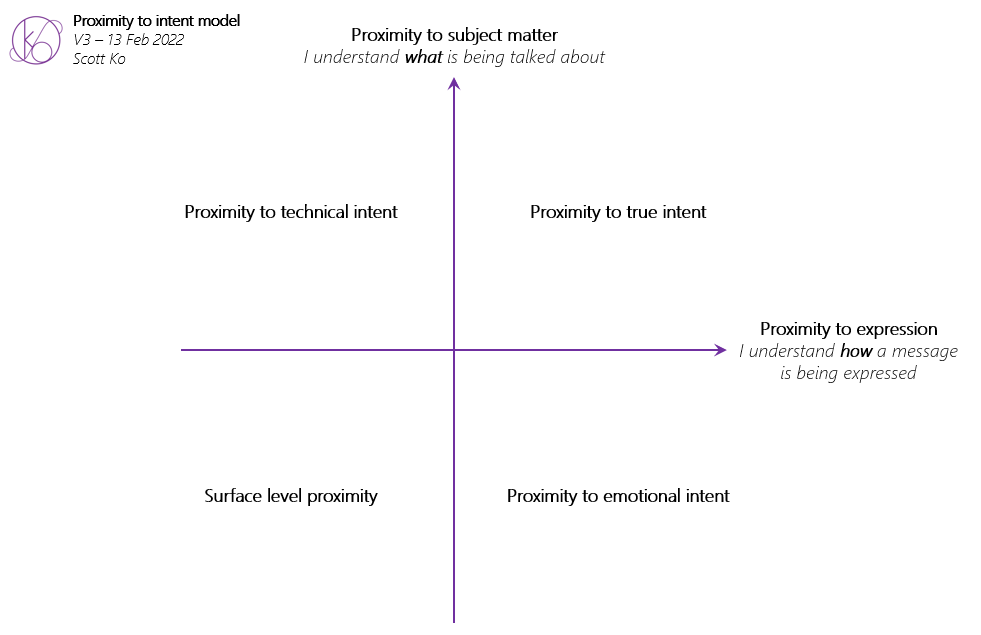
What a hectic couple of weeks it's been. Whilst I can't speak for others, down here in Melbourne it's felt like the world is starting to really thaw out, and I'm already sensing a faster pace of work.
In ColourSpace land, we're starting to see more and more clients coming back to the office, as well as new prospects starting to enquire about doing up their offices in preparation for people returning. If there's one thing I'm grateful to the pandemic for, it's that it's prompted more people to consider what it means to create a work environment that is more engaging for people.
All the new clients who joined us in the past few months needed no convincing whatsoever. Whereas pre-pandemic, the focus may have been on interior decoration or branding, now the focus is on creating human-centred places to welcome people back into the office.
Over in Leadership Victoria land, we've just launched Day 1 of the Williamson Leadership Program for the 2022 cohort. 65 bright-eyed and perhaps slightly nervous people congregating at Peppers Retreat in beautiful Marysville, starting their year-long leadership journey.

This is the first time in 2 years that I've been in the same room with over 10 people at a time, and the experience was truly energising. To hear laughter in the same room and not over zoom, to have light-hearted conversations with someone I just handing to be walking next to, and to just experience fun with people in person.
That's not to say that there wasn't friction however. Whilst I can't speak about the nature of the friction, I will simply say that it's an inevitability of bringing 65 people from different backgrounds and perspectives into the room, which is pretty much the essence of the Williamson Program. I'm really excited for this cohort!
As I sat there observing the day, it reminded me of the Proximity to Intent model I sketched out in Ko Lab 4. Here is a group of people who are essentially strangers, they don't know what people do, nor do they know how people like to express themselves. We had people who are naturally quiet and introverted, through to people who are bubbly and outgoing.
It put me into a real theory-crafting mood (because this is me we're talking about), so I dusted off the old model, fleshed it out somewhat, and published it as an article on my website.
Where I evolved the model was in the direction of what it means to understand someone's intent; or conversely, that a 'misunderstanding' isn't just misinterpreting a message or instruction, it's either or both misinterpreting what is being said, as well as how it's being expressed.

I cover examples and characteristics for each quadrant, as well as provide what I think are practical suggestions for how this model could be of value.
If you do check it out, I'd love to know what you think!
On a potentially related note, I've been seeing more and more commentary on the topic of 'misinformation'. Firstly, relax, we're not going down the Joe Rogan rabbit hole. But it did trigger a broader philosophical question for me: Is learning about a new perspective or interpretation of a piece of information considered 'new information'? Or is it more akin to 'meta information'?
For example, take this simple sentence: "I saw a person on a hill with a telescope."
Let's say you read this sentence and your first interpretation was that you saw a person on a hill carrying or holding a telescope. But then in a subsequent conversation with me, you realise that what I actually meant was that I saw someone on a hill through a telescope.
Did I share with you new information? Or did I simply rearrange the emphasis of existing information?
The reason why this intrigues me is that I wonder if the definition of misinformation (as I feel it's being used today) is too broad, with an implication being that it's always a case of 'right' or 'wrong' information when some 'misinformation' could also be a discussion of opinions and interpretations. Naturally, there is such a thing as information being flat out 'wrong', but I also wonder if some misinformation is simply a result of people sitting in different quadrants of the Proximity to Intent model pointing fingers at each other.
Penny for your thoughts.
If you enjoyed this Ko Lab, I'd really appreciate it if you shared it with a friend or two you think would get a kick out of this. You can send them here to sign up. Time permitting, I'll try and make it the most engaging and thought-provoking newsletter you get!
And if you come across anything you'd like to 'Ko Lab' on, send it my way! I'm equally keen to learn about and share new perspectives and thoughts.
Have a great week!